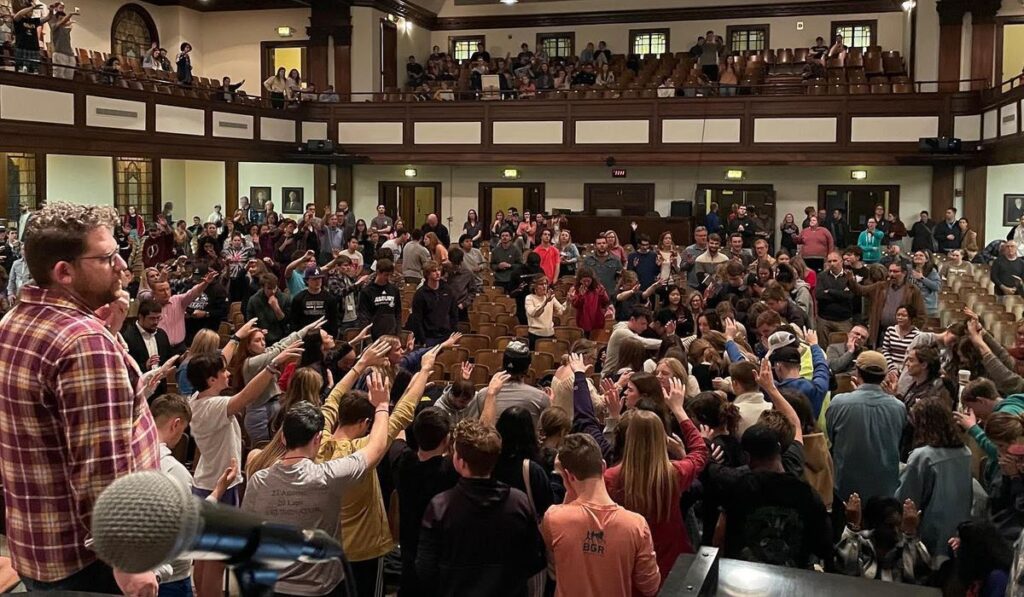Every true revival in history began the same way—not through entertainment, programs, or marketing, but through prayer, fasting, and repentance. This is God’s pattern for restoring His people, and Satan knows it. That is why he works tirelessly to keep the Church prayerless, distracted, and powerless. But Scripture and history reveal a consistent truth: when God’s people humble themselves with fasting and intercession, heaven responds, and revival breaks out.
The Old Testament Pattern
From Genesis to Malachi, fasting and intercession are God’s strategy for national and spiritual restoration.
- Moses fasted forty days on Mount Sinai as he sought God’s presence and received His law (Exodus 34:28).
- Nehemiah wept, fasted, and prayed over the broken walls of Jerusalem, confessing the sins of his people and asking for God’s mercy (Nehemiah 1:4-7).
- Daniel set his face toward the Lord with “fasting, sackcloth, and ashes,” confessing Israel’s sins and pleading for restoration (Daniel 9:3-5).
- Joel sounded the alarm in a time of national crisis: “Blow the trumpet in Zion, declare a holy fast, call a sacred assembly” (Joel 2:15). God’s promise followed: “Afterward I will pour out my Spirit on all people” (Joel 2:28). Notice the order—repentance and fasting first, outpouring afterward.
The New Testament Model
The pattern continues in the life of Christ and the early Church. Jesus began His public ministry by fasting forty days (Matthew 4:2), defeating Satan’s temptations in the wilderness. He declared that some breakthroughs would come “only by prayer and fasting” (Mark 9:29).
The early Church understood this. In Acts 13:2-3, believers fasted and prayed before sending out Paul and Barnabas as missionaries. In Acts 14:23, they fasted before appointing elders. Fasting was not a rare practice; it was central to their spiritual life.
Church History Confirms It
Every major revival confirms the same principle: revival is born on the altar of prayer and fasting.
- The Welsh Revival (1904) erupted after believers cried out in repentance and prayer.
- The Azusa Street Revival (1906) came after William Seymour and a small group fasted and prayed for weeks.
- The Great Awakenings in America began when pastors and congregations humbled themselves, seeking God in fasting and intercession.
Revival never came through entertainment or political reform. It always came when God’s people returned to Him with all their hearts.
Why Satan Fears This
Satan does not fear a busy church. He fears a praying church. He fears a fasting church. Why? Because fasting is a spiritual weapon that humbles our flesh, breaks strongholds (Isaiah 58:6), and positions us to hear from God. Intercession—standing in the gap for others—shakes the kingdom of darkness and releases the power of God into families, communities, and nations.
The Call for Today
We are living in a time of moral decline, confusion, and rebellion against God. Families are broken, sin is celebrated, and laws are passed that defy the Word of God. This is the hour to blow the trumpet. The Church must return to the altar with fasting, prayer, and repentance. The pattern has not changed: afterward—after we humble ourselves—God will pour out His Spirit (Joel 2:28).
Revival starts in the Church, then flows to the world. Will we answer the call?
